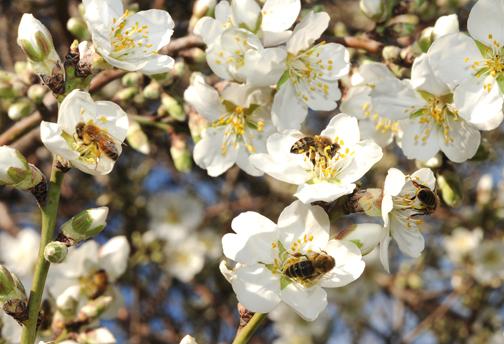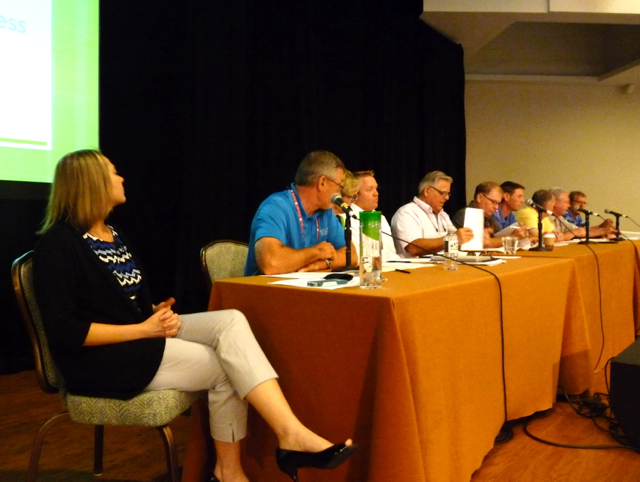Bees and Pollination
Bee Loss Update
Below Average Winter Bee Loss for U.S. Honey Bees
Edited by Patrick Cavanaugh, CalAgToday
There are still questions about how best to measure colony losses over winter months, during the spring through fall period, and on an annual basis. The USDA winter survey has been conducted only since 2006 and is based on beekeeper self-reporting. Since the survey’s inception, winter losses have averaged approximately 30 percent. Prior to the introduction of the parasitic Varroa Mite and other pests and disorders in the mid-1980s, losses in cold northern states were typically the 0-15% range. Since then, colony losses over winter have been much higher. In warm southern states, honey bees seldom need to cluster, so they can continue brood rearing and foraging for most of the year. Therefore, it is important to define what is meant by winter, and these distinctions further complicate winter loss determination and calculation.
The latest report from the USDA is good news for all who care about the health of honey bee colonies. For the second year in a row, winter losses of U.S. honey bee colonies were well below the historic 30 percent average. More importantly, the long-term trend of overwintering losses continues to show improvement due to greater awareness of factors affecting honey bee health, particularly the varroa mite, and better pest management, including extensive use of the highly effective Varroacide, Apivar.
This report follows shortly after the USDA released its annual Honey Report, which showed that the number of U.S. honey bee colonies grew to 2.74 million in 2014, the highest level in many years, continuing a 10-year trend of steady growth.
Summer losses are expected and common, however, because of Varroa, other disorders, queen issues, and pesticide residues in hives, especially extremely high residues of bee-protecting Varroacides, beekeepers do face a challenge to keep these losses to a minimum. It is apparent that in recent years, beekeepers are doing a much better job of managing honey bees and the problems they face because colony numbers in the U.S. continue to grow. Some states, have seen substantial increases in colony numbers. Florida, for example has more than doubled the number of colonies since 2006.
Even with this good news about overwintering trends, we must continue to focus on the challenges facing bee health. Bayer CropScience is developing new solutions to the problems caused by the invasive Varroa mite and is working to tackle another major issue facing pollinators today – lack of forage – through the Feed a Bee initiative. And we recently announced our Healthy Hives 2020 research collaboration with honey bee experts to identify tangible actions to help improve the health of honey bee colonies over the next five years. Although there is much work yet to do, this report validates the efforts of many stakeholders who are working to protect bees and promote sustainable agriculture.
Useful Links: Feed a Bee, Bee Health, Varroacides, Healthy Hives 2020















